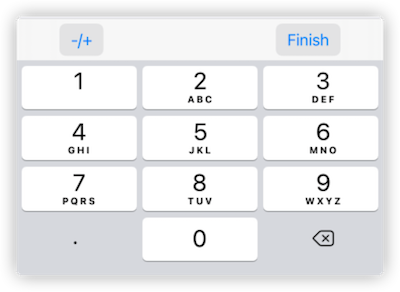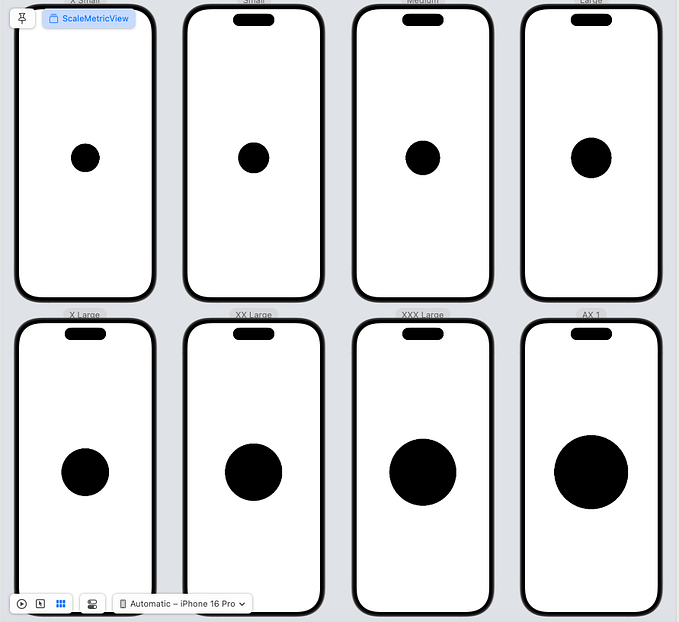Member-only story
Mastering SwiftUI’s zIndex: A Comprehensive Guide

This article introduces the zIndex modifier in SwiftUI, including its usage, scope, avoiding animation anomalies with zIndex, why stable values should be set for zIndex, and using zIndex in various layout containers.
Stay ahead with the latest updates and deep insights on Swift, SwiftUI, Core Data, and SwiftData. Subscribe to Fatbobman’s Swift Weekly to get exclusive articles, tips, and curated resources delivered straight to your inbox every week.
For even more valuable content and in-depth tutorials, visit my blog at fatbobman.com — your go-to destination for all things Swift and Apple development.
The zIndex modifier
In SwiftUI, developers use the zIndex modifier to control the display order of overlapping views. Views with a larger zIndex value will be displayed above views with a smaller zIndex value. When no zIndex value is specified, SwiftUI will give the view a zIndex value of 0 by default.
ZStack {
Text("Hello") // default `zIndex` value of 0, displayed at the back…








